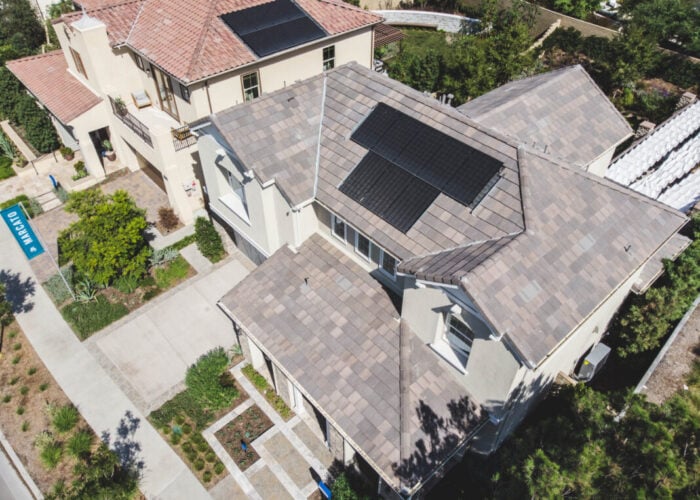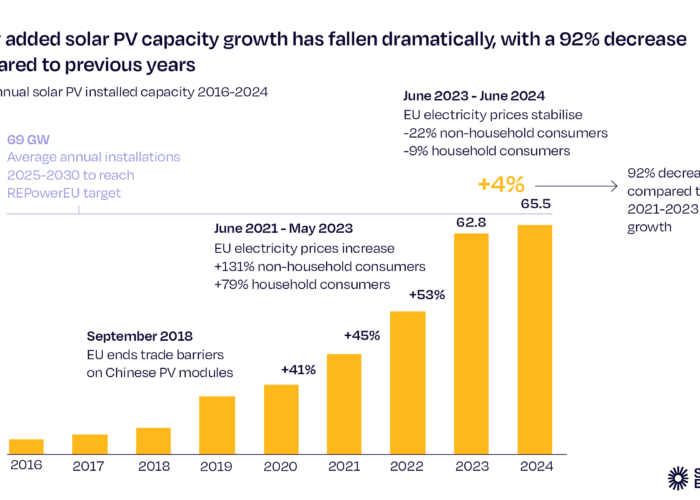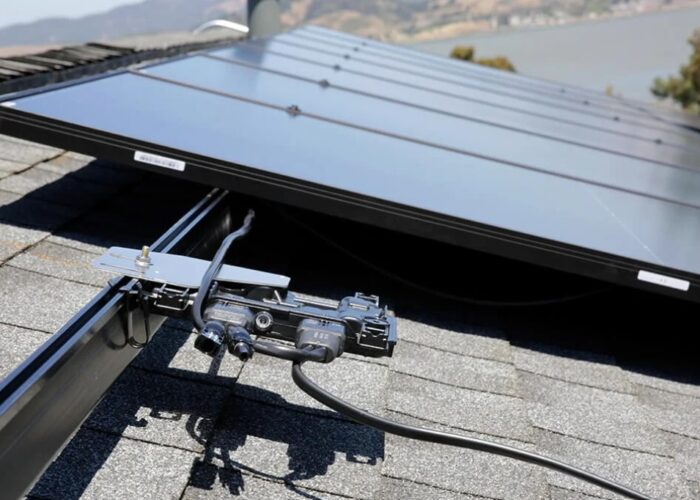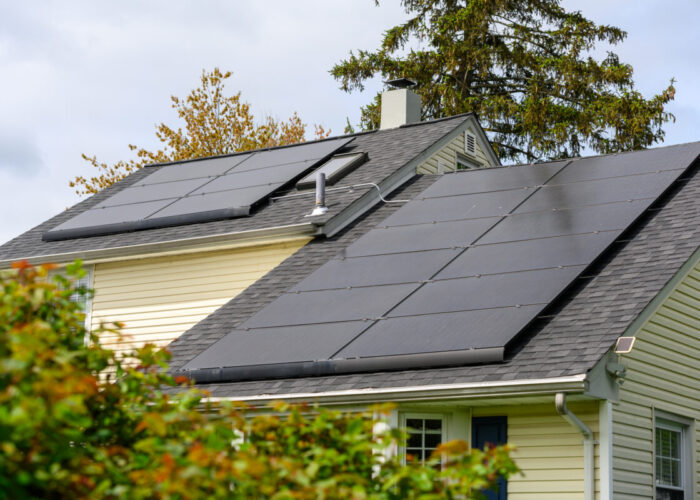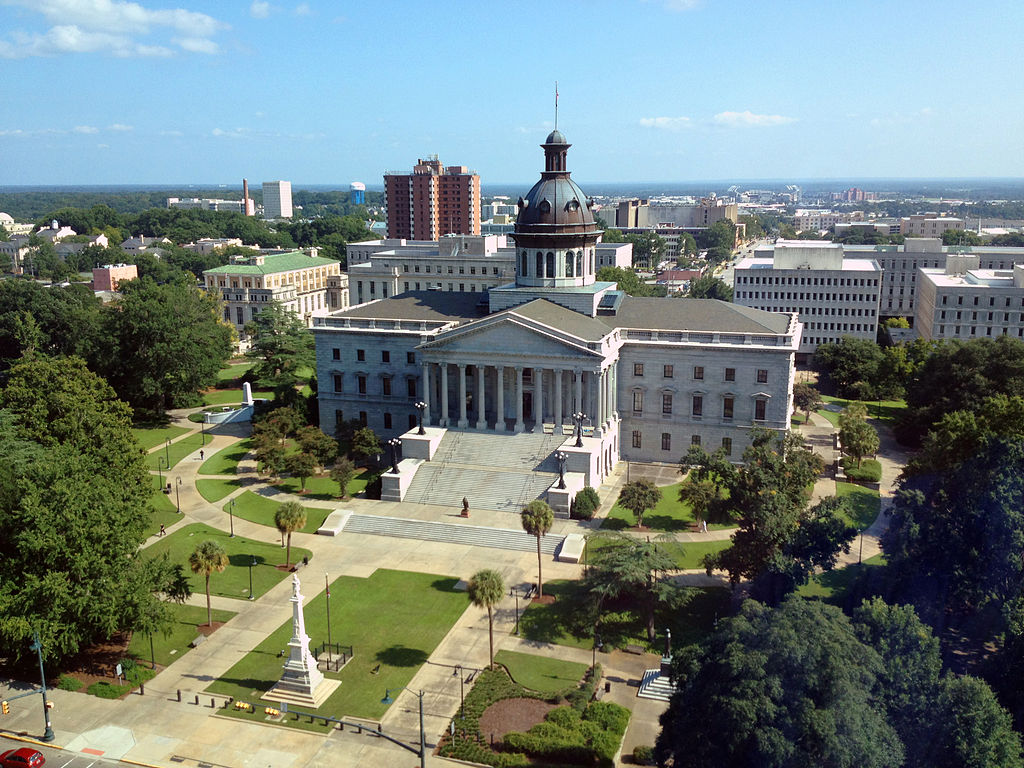
The South Carolina Public Service Commission has finalised the US state’s net metering rules, which will see some current solar customers stay on the same regime until 2029.
The updated programme will include time-of-use rates and rebates for smart thermostats, which the Solar Energy Industries Association (SEIA) said will “better align customer behaviour with electricity system needs”.
Unlock unlimited access for 12 whole months of distinctive global analysis
Photovoltaics International is now included.
- Regular insight and analysis of the industry’s biggest developments
- In-depth interviews with the industry’s leading figures
- Unlimited digital access to the PV Tech Power journal catalogue
- Unlimited digital access to the Photovoltaics International journal catalogue
- Access to more than 1,000 technical papers
- Discounts on Solar Media’s portfolio of events, in-person and virtual
Or continue reading this article for free
Those who are already solar customers will have their current regime extended to 2025 or 2029, depending on when they switched to solar, and when that extension expires, they can continue their current regime with 2025 or 2029 energy rates, or switch to the new policy.
The new regime, which was arranged by stakeholders Duke Energy Carolinas, Duke Energy Progress, North Carolina Sustainable Energy Association; the South Carolina Coastal Conservation League, Southern Alliance for Clean Energy, Upstate Forever and Vote Solar, was approved unanimously by regulators on 19 May.
It states that between 1 June and 31 December 2021 there will be a monthly cap on solar applications of 1.2MW for Duke Energy Carolinas and 300kW for Duke Energy Progress. If the monthly cap is reached and a customer still wants to install solar under an interim rider between then and 2029, the customer will have to withdraw their application and re-apply the next month. Both utilities will also offer interim riders to residential customers who apply in the second half of this year, who will stay on their existing rate schedule until May 2029 and then will be given the option to move onto a permanent tariff.
Net metering has become a hotly contested issue in the US as residential solar installations have become more commonplace. Around 40 states have a net metering policy.
A utility in Illinois prompted fierce backlash when it attempted to block full net metering for new solar customers last year, and was ultimately voted down by the state’s Commerce Commission in December. Then in March, solar campaigners in California hit out at an attempt to “modernise” the state’s net-metering policy from three utility companies, warning that a policy change would “shift the ground beneath local business, affect job roles, and reverberate beyond the state’s borders.”
The US Federal Energy Regulatory Commission (FERC) dismissed a petition last July which called for net metering policies to come under federal jurisdiction.
SEIA welcomed the policy update from South Carolina. Will Giese, SEIA’s regional director, said the new program “supports energy freedom and South Carolina’s local solar market” and is “ultimately a win for current and future solar customers” in the state and will encourage the rooftop solar sector’s growth.
The trade body also commended Duke Energy for working closely with solar industry stakeholders throughout the process. Giese said he hopes that “more utilities will take note of this approach and work with us on these important matters.”

